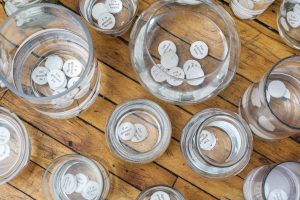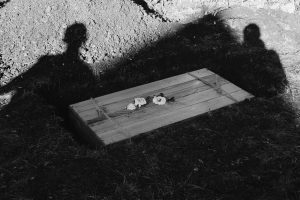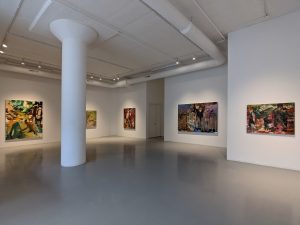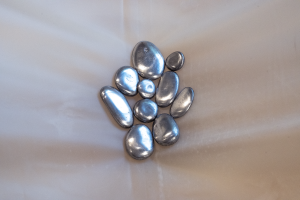Since I began writing about art in 2014, I’ve always had a personal rule that I would never interview a close friend for an article. Yet here I am, in 2018, breaking my own rule on new nepotism with Galia Basail and Nicholas Kinsella, two friends, artists, and curators. I spoke with each of them separately about their ideas on what it means to be a curator who curates friends and how this can help or harm a practice.
András Szántó said, “The whole art world is woven together by personal relationships and friendships of one sort or another.” But when do friendships, and climbing a career ladder, become muddy, rinsed of any merit, and leave both artist and curator questioning creative intention? In the highly criticized article, “Friends Curating Friends” published on Newcity in 2013, Pedro Vélez wrote, “I cringe every weekend when I receive invites to see exhibitions curated by my friends’ friends. I do so because the people curating my friends are my friends too. Which means I must make an effort to see my friends in their friends’ show if I don’t want to offend them or their friends.” His excuse is insipid, however, there is an underlying truth to the cyclical labyrinth of new nepotism, or friends curating friends, and it is particularly jarring when it’s seen in large scale prestigious exhibitions.
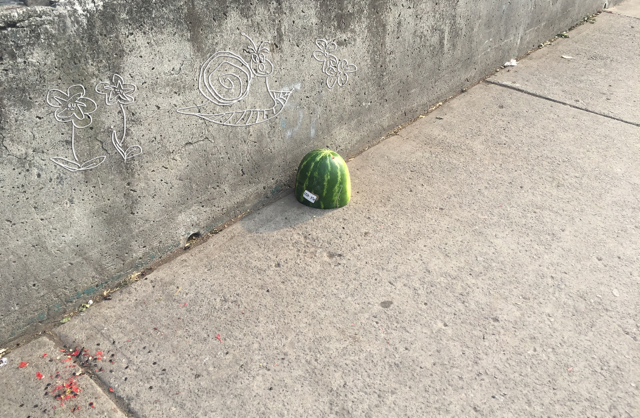
The 2017 Venice Biennale and documenta 14 have similarities with sound art, performance, and music, but another linchpin is that the curators of the art events included their romantic partners into the exhibition programming. Curator Adam Syzmczyk, the artistic director of documenta 14, included his partner Alexandra Bachzetsis in the program, and Christine Macel included work of her partner Michele Ciacciofera in the central exhibition in Venice. If the two most important art events of the year utilize blatant nepotism, we can only expect that smaller DIY venues, who are just opening their doors—both as spaces and as curatorial projects—will mirror this method as well.
This isn’t to say that curating your friends and lovers is an error. In emerging arts communities, networking, curating friends, and fostering professional relationships is the key to a successful career. Basail says, “We’re helping each other out without doing favors for each other. You know, it’s like we’re investing in one another because we have a similar ideology and we just want to fucking make the world a better place. Because we’re trying so hard all the time!” Basail now lives in Mexico City but spent most of her adolescent and adult life in Chicago. She is a video and installation artist who graduated with a BFA from the Milwaukee Institute of Art and Design in 2014. I also consider her the first friend that I made in Chicago.
In September, Basail’s pop-up exhibition, El Sol Sale Para Todxs was held in her grandmother’s backyard in Lincoln Park. The show consisted of a large group of artists in a back yard seeing with food, drinks, a store, and music. She says, “I don’t totally see what I did in this show as a curatorial thing, but definitely more as an organizer, right? It sort of just fell into place on its own. I just feel like what I was doing was calling attention to certain people and sitting down with them and having conversations. Just an open conversation. Then eventually I realized that there are a lot of similarities in thought process but also material process. And so I just connected those things, and then allowed the environment to be very open and inviting and for people to come over whenever they wanted to have a chat or, you know, eat some snacks, and then bring in some objects and whatever they were working on, to see how it would work with the space. And then also allowing people to collaborate with each other.”
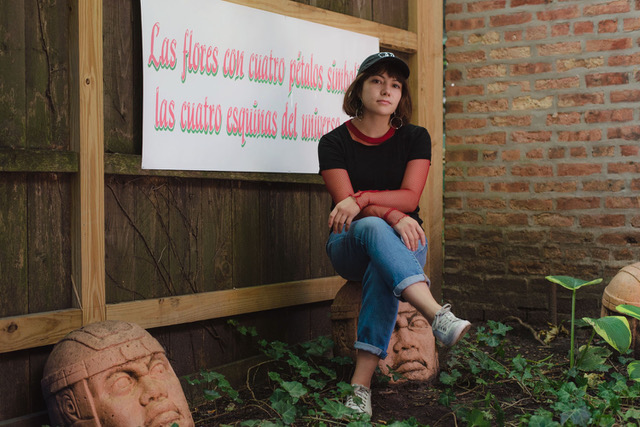
In the elite art world, nepotism matters. Exhibiting artists into a show because of merit, the success of work, and significance should be the standard. For DIY shows, giving friends a platform, fleshing out their CV, and supporting one another is the key to an idealistic and strong community in Chicago art. Moreover, alternative spaces are building notoriety as well and they are going to naturally begin with what or who they know: their friends.
Where I worry is when meaning, or themes, are ignored for the sake of exhibiting friends for friends’ sake. Basail agrees: “It’s devoid of meaning if you’re just doing it as a favor. And that doesn’t really help anybody. Because that is nepotism. That totally is nepotism.”
Curators are rarely asked to explain their decision in curating a specific artist especially since art is subjective. Another interesting component to curating is that the fine art industry does not require that curators share their relationship with the artists in the exhibition. After being challenged, documenta 14 responded to the criticism of the participation of Bachzetsis. “This decision does not violate any ‘code of conduct’ of documenta gGmbH,” reads a portion of the statement which defended the inclusion of the choreographer in the programming. Obviously, this would be an impossible and unnecessary standard to suggest to monitor relationships and biased curatorial decisions as worlds are connected and communities become even smaller when diving into niche galleries, mediums, and styles; but, it does leave room for misguided programming.
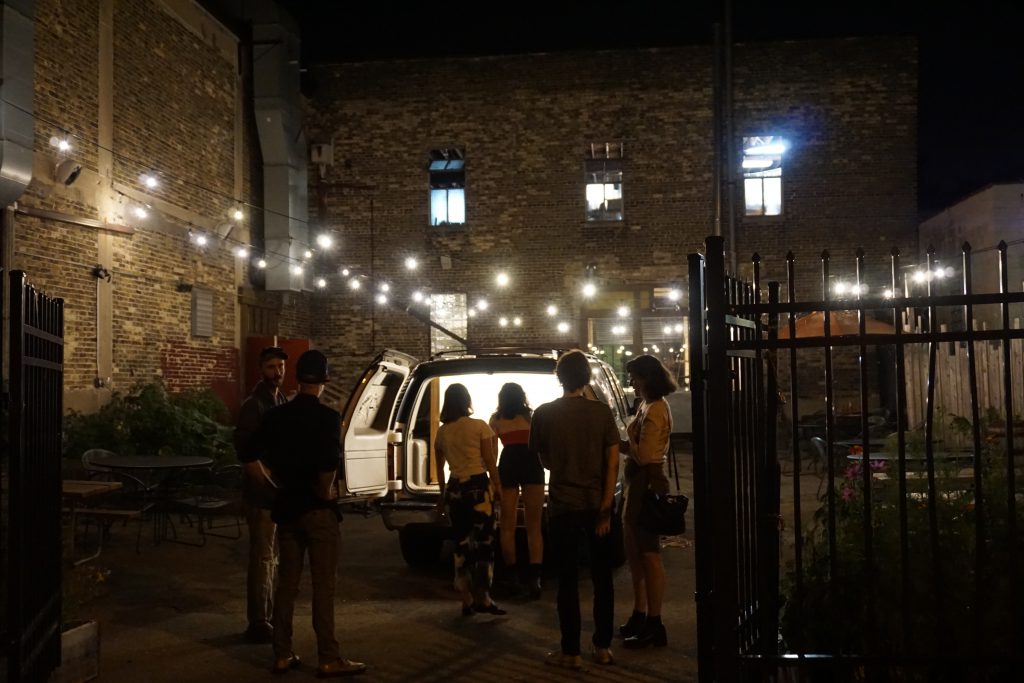
“No gallerist is fully objective about who they show, no gallery is really a purified space,” says Nicholas Kinsella, a multi-media artist from Dubuque, Iowa.”Everything is affected by your experience—who’s there, what kind of food you bring, whatever, all these things. I appreciate a subjective experience where there’s transparency. I think with alternative spaces it’s just important that there’s transparency.”
He goes on to explain his opinions of curating friends: “It can get slippery when you’re working with friends and you feel a certain level of professional duty—which I do still feel, even though I don’t like all the structures of professionalism, like I still feel an obligation in a lot of ways and sometimes it gets messy. In a more established space people might feel more pressure to be responsive, timely, etc.”
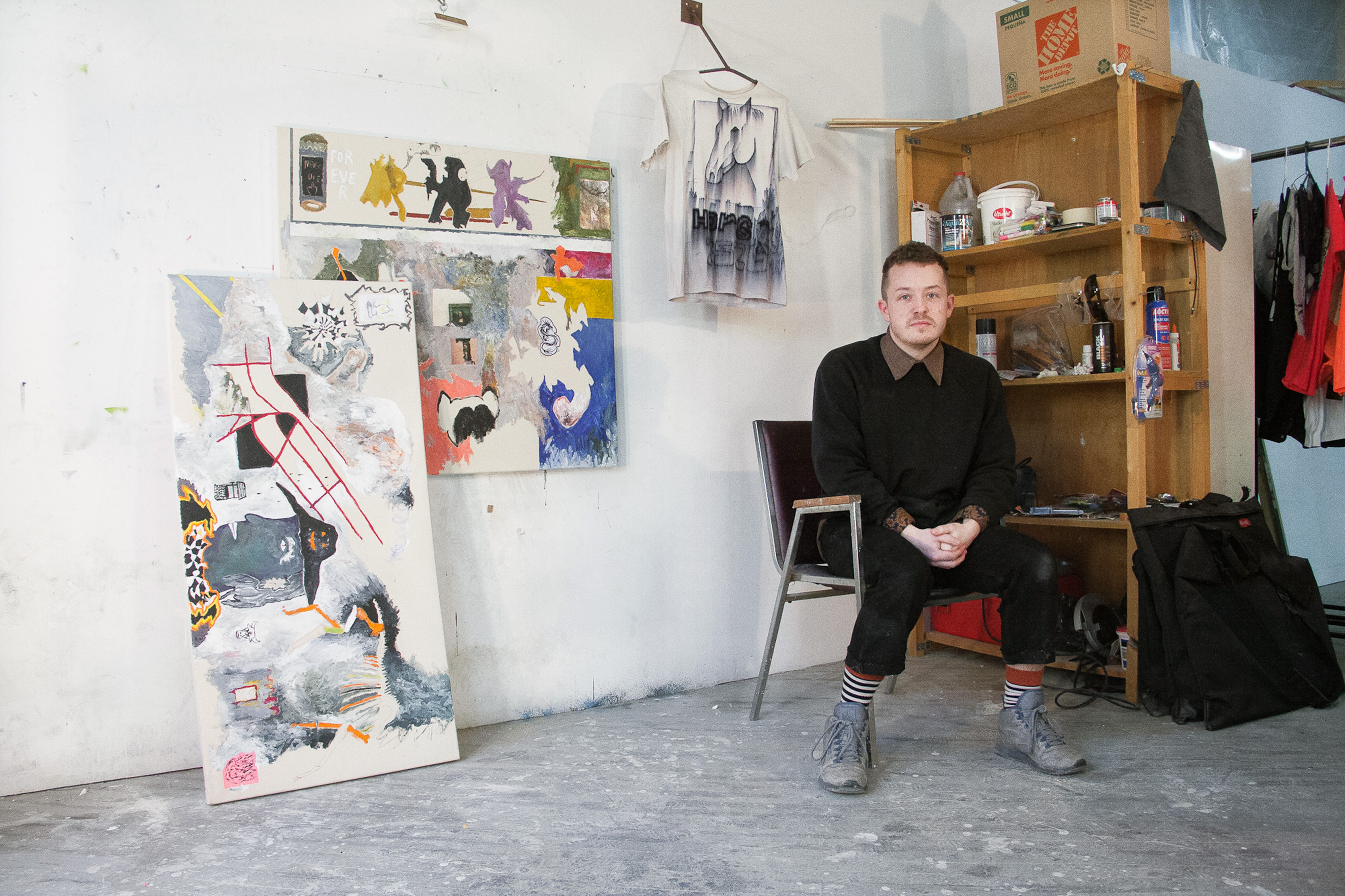
In the 2013 interview with Robert Smith and Jerry Saltz, Smith claims that it’s important thing for a critic to have a “disinterest.” She goes on to say that, “Many of our closest friends we don’t write about. You just try to keep a situation uncontaminated.” Jonathan Jones, a critic, similarly stated that he thinks that writers and artists should not be friends. He says that friendship “corrupts” judgement. During my three years as a freelance writer, and a year spent as a critic, I’ve followed the rules of not interviewing friends, specifically my artist friends. Since my circle is tightly knit, I didn’t want to blur those lines. I also felt that if I wrote about one, I would have to write about them all. However, I always felt that this rule didn’t apply to curatorial practices. The critic must remain separated, but the curator and the artist can be lovers, or friends. The art critic must detach themselves from the friendships, while curating a friend may be challenging, but never considered faulty. Perhaps I was (and still am) bitter about the set of rules—which are partially imposed on myself—for a writer but more loosely defined for a curator.
“How is it possible to reconcile the standard which you’ve applied to critics with the standard which you’ve applied to curators?” writes Paul Germanos in his response piece, The Chicago Problem: An Open Letter in Response to Pedro Velez.

Kinsella says “I want artists to feel that, when I’m showing them, I trust them. Because I think that things can become a lot more interesting when you really put trust in a really smart and interesting artist.” Kinsella runs Horses Two, a space located inside of his 2000 Yukon XL where he’s exhibited artists like Elise Hanson, Claire Redman, Alec Dolter, and Ross Roadruck. He says that artists have to “accept the fact that they’re not in a white cube, they’re in a white cube in a car or, you know, they’re in an experience, in a place, in time, in Chicago, in 2018. And I think that makes the art better. It’s a challenge. But it’s an opportunity for the art to be more relevant and more present and have a more real impact on people.” Kinsella is also a graduate of the Milwaukee Institute of Art and Design. He began exhibiting work with Horses while living in Milwaukee. “I want to platform people who need an opportunity to show their work, whose work is great, who it would be interesting for me to show, who could be seen by a new and different group of people,” he says. “I can’t always do all of those things, but it’s a balancing act.”
In the 2013 article by Pedro Velez, he discusses friends curating friends and the repetition of seeing the same names on each bill, and familiar faces at each opening. But I have to disagree as he claims that this is because Chicago’s art community is small, and that’s why we keep seeing familiar names at each show. Chicago is vast. Each neighborhood has a community of artists that have never been exhibited or featured in any projects. Moreover, each neighborhood has spaces, both commercial and alternative, that produce events and shows each weekend. If anything, Chicago artists have to trim the fat on their art shows for a Friday night—the events are boundless. We can’t attend them all.
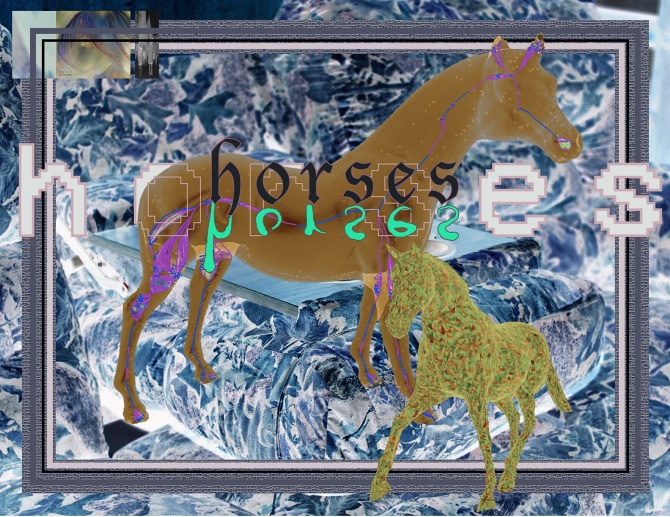
Germanos fiercely argues, “The competition for audience here [in Chicago] is fierce. Our schools produce more artists, and our artists produce more artwork, than we have interested curators, gallerists, collectors, and critics to engage. So efforts are made, ever more frequently, to combine artwork with food, and drink, and music, in order to appeal to a broader audience.”
There are 200 neighborhoods in Chicago, 77 community areas, and nine districts. To say that the Chicago arts community reverberates the same names in the same exhibition spaces isn’t due to our lack of artists, but our incessant habit of othering and remaining in bubbles of friends, galleries, and areas of the city.
“It is in the same conversation of giving equal opportunity and not just being incestuous and also thinking about showing an interesting or valuable spread of people, you know?” says Kinsella. “Which seems like something you should have to answer to as a curator.”
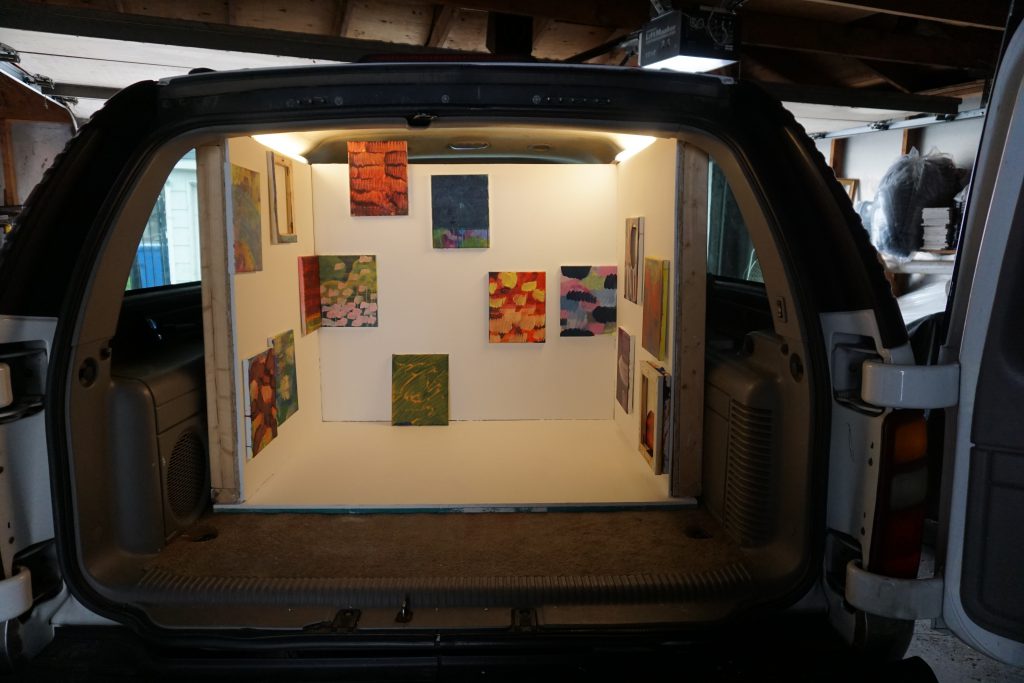
In a 1981 article, Who Has the Power?, Jeffrey Deitch looks at how the fraternizing of power is looked at in terms of cliques, and who gets to sit at the so-called “cool kids art table.” Curating your friends is not much of a problem until others are excluded. He claims that certain cliques often originated “in an art school and began to solidify and attract other adherents as its members moved into the grown-up art world.”
While I don’t have a substantial issue with curating friends, as my friends have helped me and vice versa, I struggle with the idea of those who are not included. Nepotism, of course, has a negative connotation as it is closely defined as favoritism, or bias, within the workforce or areas of power. Individuals who aren’t tied to the colleges in Chicago are often annexed off into their own community. This is also true for separate institutions—SAIC students support SAIC students. The University of Chicago students remain in Hyde Park. I worry that by curating friends in shows, we are missing a large part of the city—people who aren’t our friends, or friends of friends—which results in a disjointed arts community.
Basail says, “I think it’s our job to fucking stop feeling awkward about involving ourselves in certain social situations. If we’re just doing what we’re comfortable with, that means we’re only supporting people and spaces that we know personally. Who even knows if those things you’re engaging with are at all productive in the sense that they’re provoking people and educating them. I mean, essentially, they’re like bubbles.”
Nicholas explains that he won’t be opening up Horses Two to submissions. He says, “I’ve had people ask me to show their work—and I’m like, ‘Why is that interesting to show in the trunk of a car?’ Or ‘What makes this show work for my space?’” He says, “I’m focused first on showing good art and I start from people that I know because I try to know people who make good art, and I like to be friends with people who make good art. And if I see someone who makes good art that I don’t know, I try to meet them and be their friend.”
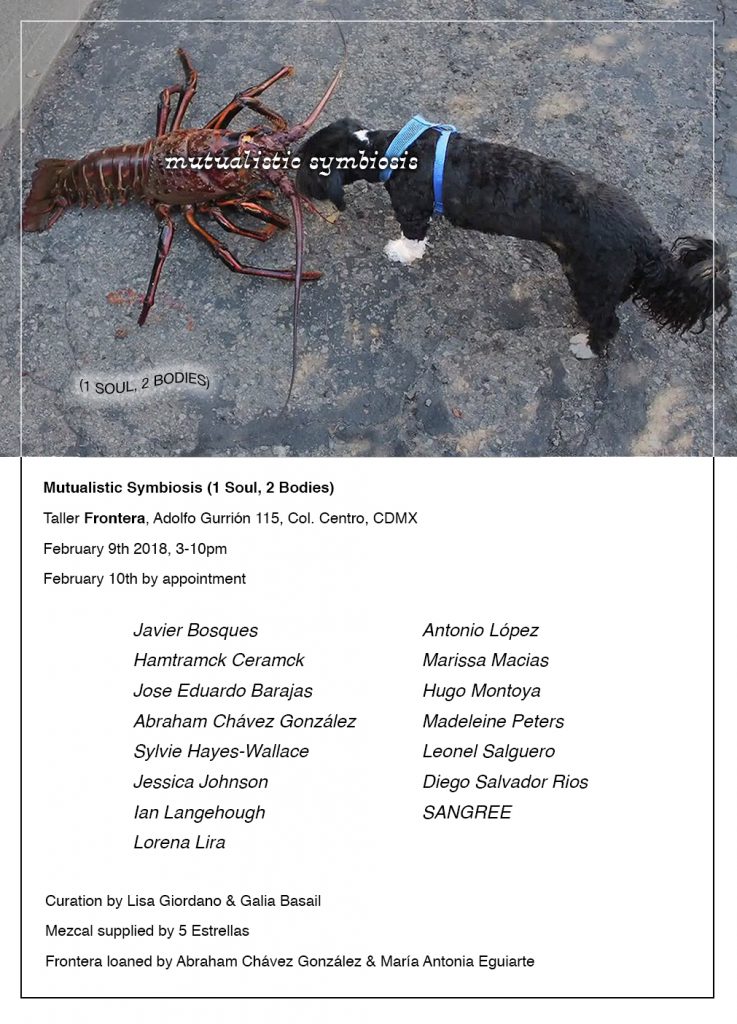
The impact of social media is another characteristic in the future of discovering artists. Which came first? The friend or the follow? Eventually, they both become the same. Internet friends and real-life friends are blended together and for many gallerists, the future of finding work to collect or show begins online. “Maybe a little bit more than half of the people in the show were people that I felt close with and have had history with, but there were definitely new friends,” says Basail. “I think the internet’s a great place to generate new friends, new connections, and to reach out a little bit beyond your immediate circle.”
Since artists are always jockeying for attention, social media highlights an audience and instantaneously shares work to the world. There is also a trend on artists websites where artists link their “friends,” with a hyperlink to their website. Social media and online resources are a way to expand their audience and help out their peers. Kinsella says, “Instagram is a good way to keep updated with people’s practices. I’ve definitely found and followed a lot of artists there. I mean, it’s equal parts real life versus online.”
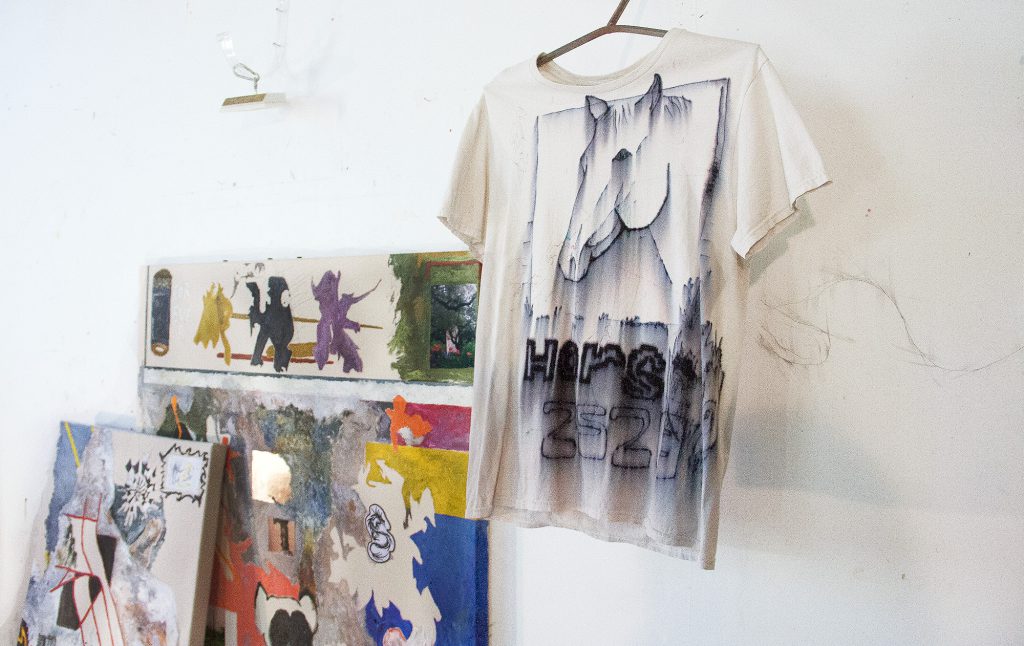
Support of friends is obviously important, especially for emerging gallery spaces and persons making physical work—whether that’s buying their work, exhibiting a select piece, or interviewing them. For curators and artists, it’s about finding a community, becoming more active in it, and bulking up a resume or CV. It’s about networking. It’s about driving yourself to show work you love. While my answers as to whether nepotism is hurting a practice might not be answered, I believe that there is a line between creating complementary shows and incongruent shows—whether your friends are involved in the show or not is besides the point. Unbalanced exhibitions can occur regardless of the relationship to the curator. It’s their decision, and their job, to deliver a show based off of merit and off of caliber. “Just keep having good shows,” says Kinsella about his curatorial practice. “And as long as that’s the focus, it doesn’t matter if you’re showing the work of your friends, showing work of someone that platformed you. It doesn’t matter if the work’s good. Nothing else matters.”
Featured Image: Photo by S. Nicole Lane and Courtesy of Galia Basail

 S. Nicole Lane is a visual artist and writer based in the South Side. Her work can be found on Playboy, HelloFlo, Rewire News, Vice, and other corners of the internet, where she discusses sexual health, wellness, and the arts. Follow her on Twitter.
S. Nicole Lane is a visual artist and writer based in the South Side. Her work can be found on Playboy, HelloFlo, Rewire News, Vice, and other corners of the internet, where she discusses sexual health, wellness, and the arts. Follow her on Twitter.

